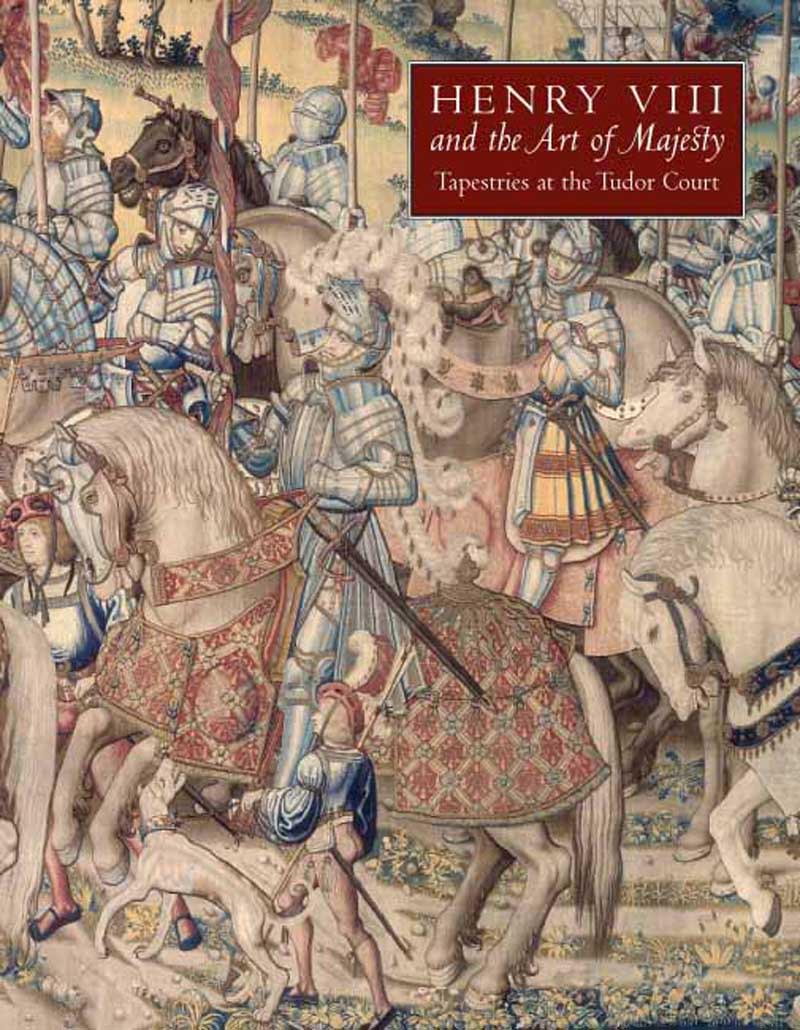ISBN: HB: 9780300122343
October 2007
440 pp.
27,9x21,6 cm
206 colour images, 114 black&white illus.
HB:
50.00 GBP
QTY:
Categories:
Henry VIII and the Art of Majesty
Tapestries at the Tudor Court
Luxurious, beautiful, and portable, tapestry was the pre-eminent art form of the Tudor court. Henry VIII amassed an unrivaled collection over the course of his reign, and the author weaves the history of this magnificent collection into the life of its owner with an engaging narrative style. Now largely dispersed or destroyed, Henry's extensive inventory is here reassembled and reveals how, through tapestry, Henry identified himself with historic, religious, and mythological figures, putting England in dialogue, and competition, with the leading courts of Early Modern Europe while promoting his own religious and political agendas at home. Campbell's original account sheds new light on Tudor political and artistic culture and the court's response to Renaissance aesthetic ideals. Sumptuously illustrated with newly-commissioned photographs, this stunning recreation of Europe's greatest tapestry collection challenges the predominantly text-driven histories of the period and offers a fascinating new perspective on the life of Henry VIII.
About the author
Thomas P. Campbell is Curator in the Department of European Sculpture and Decorative Arts and Supervising Curator of the Antonio Ratti Textile Center at The Metropolitan Museum of Art. He is the principal author of "Tapestry in the Renaissance: Art and Magnificence" (2002) and editor of "Tapestry in the Baroque: Threads of Splendor" (2007).
Reviews
"Dr Campbell's book is thus more than simply a comprehensive scholarly account of the tapestries of Henry's reign... it is a credible attempt to integrate the story of figurative arts into a wider history of the reign as a whole. As such it is a rare and admirable achievement" – Greg Walker, the Art Newspaper
"This marvellously illustrated book, published by Yale for the Paul Mellon Centre for Studies in British Art, exemplifies what it examines: magnificence... It is not only a monuent of painstaking research that will be of abiding value to both art hisorians and to Tudor historians; it is also a thing of beauty that will bring lasting pleasure to its readers" – Richard Rex, Art and Christianity
"This marvellously illustrated book, published by Yale for the Paul Mellon Centre for Studies in British Art, exemplifies what it examines: magnificence... It is not only a monuent of painstaking research that will be of abiding value to both art hisorians and to Tudor historians; it is also a thing of beauty that will bring lasting pleasure to its readers" – Richard Rex, Art and Christianity


